Discover 11 hidden attractions, cool sights, and unusual things to do in Täby (Sweden). Don't miss out on these must-see attractions: Täby Church, Uppland Runic Inscription Fv1953;263, and Edsberg. Also, be sure to include Näsby slott in your itinerary.
Below, you can find the list of the most amazing places you should visit in Täby (Stockholm).
Table of Contents
Täby Church
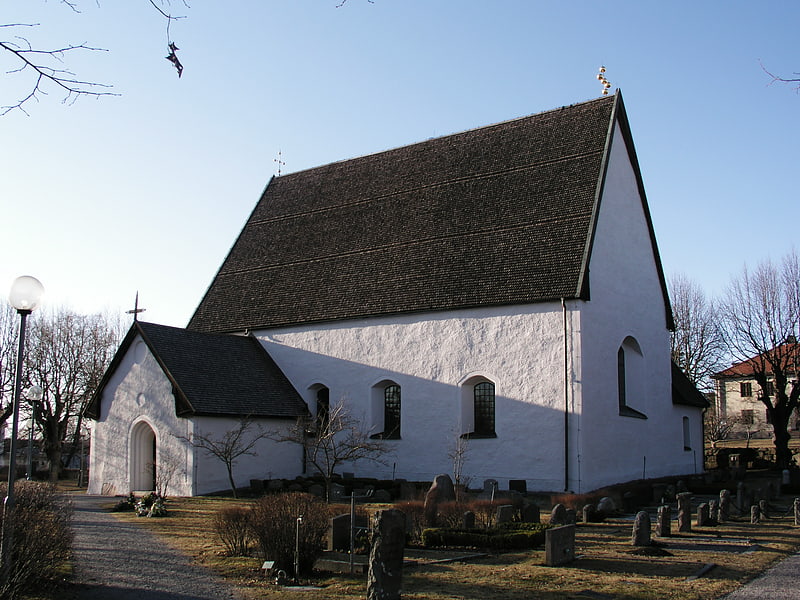
Täby Church is a medieval church in Täby Municipality, in the province of Uppland north of Stockholm. The church is best known for its painted walls and ceilings by Albertus Pictor.[1]
Address: Kyrkvägen 7-9, 187 70 Täby
Uppland Runic Inscription Fv1953;263
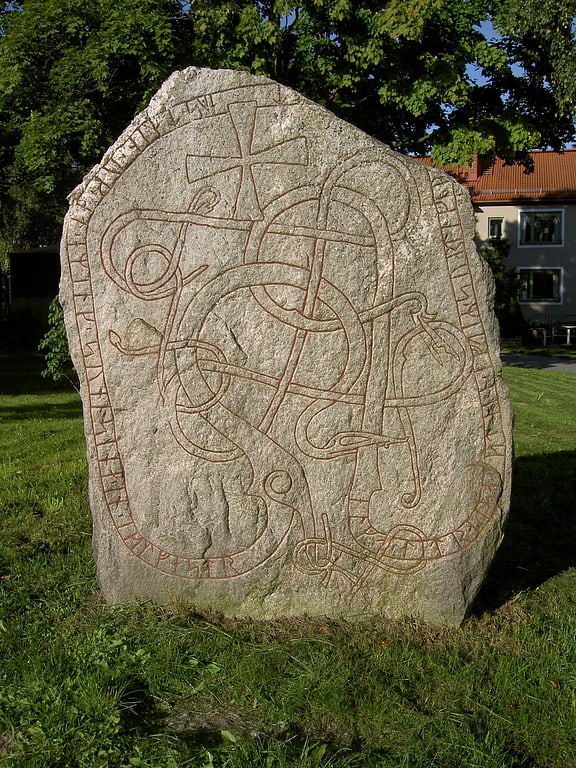
Uppland Runic Inscription Fv1953;263 or U Fv1953;263 is the Rundata catalog listing for a Viking Age memorial runestone that was discovered at Helenelund, which is in Sollentuna, Stockholm County, Sweden, which was in the historic province of Uppland.[2]
Edsberg
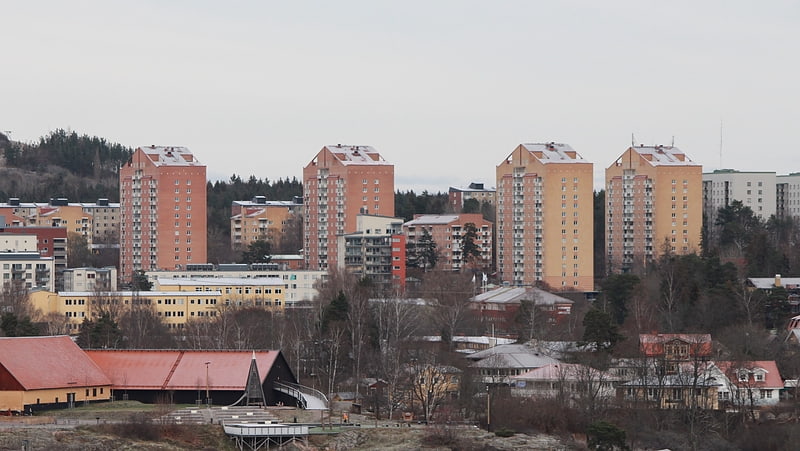
Edsberg is an urban district in Sollentuna Municipality, Stockholm County, Sweden. It is located at the bottom of the Edsviken Bay, which forms a long inlet all the way from the Baltic Sea. It forms part of Stockholm. In daily use Edsberg means the area with multifamily houses spread around Edsbergs centrum and Edsbergskyrkan north of Danderydsvägen. The municipality part called Edsberg also contains Landsnora, an area of villas to the south of Danderydsvägen and the east of Edsbergsparken. A bit further on to the south of Danderydsvägen is the new area called Kvarnskogen with a mixed set of house types. Also contained in Edsberg is Edsängen between Edsberg and Frestavägen, and the summer house areas a bit further north called Södersättra and Norrsättra. Plans to develop the area to the east of Frestavägen are in the making.[3]
Näsby slott
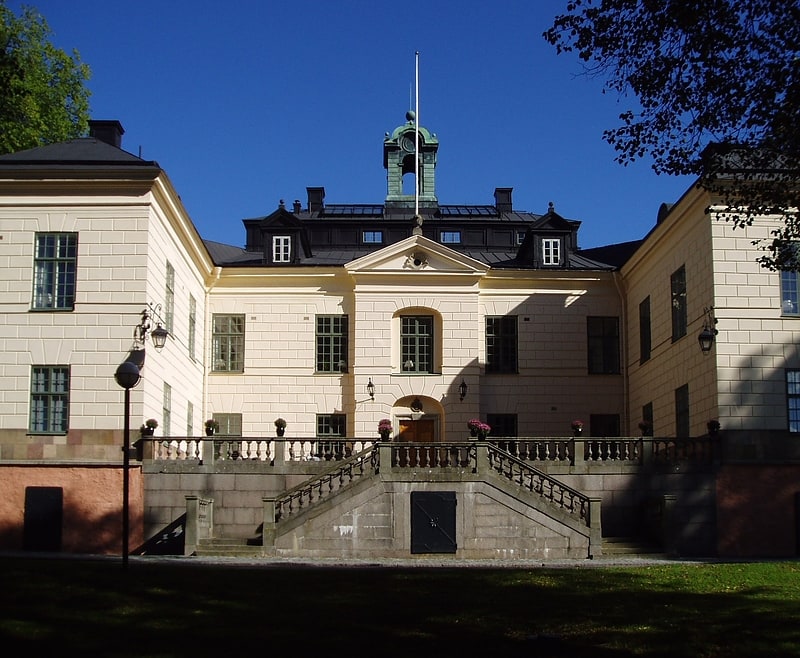
Conference hotel in Sweden. Näsby Manor is a manor located in Täby municipality, north of Stockholm.
Originally built in the 1660s and designed by Nicodemus Tessin the Elder, Näsby Manor is located in the picturesque and natural setting of Näsbyviken. The manor was burned to the ground in 1897, but was rebuilt according to the original design on the initiative of Carl Robert Lamm and Dora Lamm in 1903–1904. Parts of the old manor garden still exist and are well preserved.[4]
Address: Djurholmsvägen 30, Täby
Tureberg
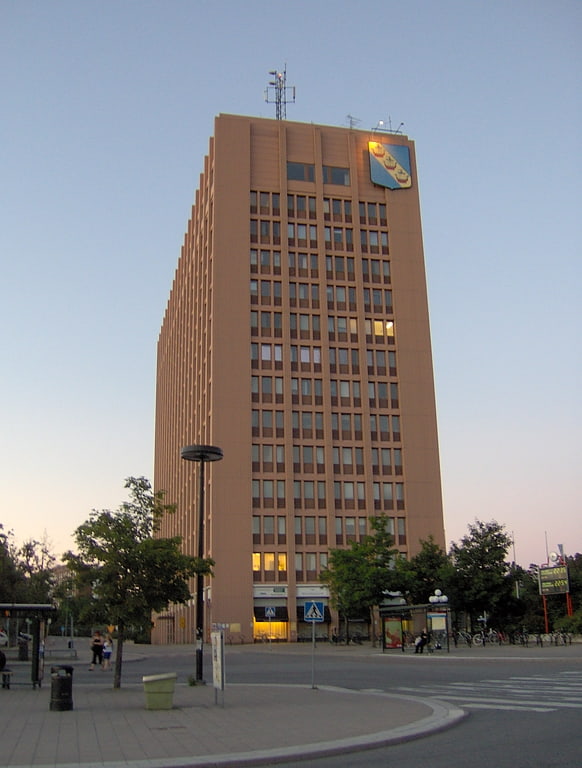
Tureberg is a neighbourhood in Sollentuna Municipality, Stockholm County, Sweden with 18,866 inhabitants. It is a Stockholm suburb and houses the seat of local government for the municipality as well as a large shopping mall and a Stockholm commuter rail station.
Tureberg has also evolved as a law enforcement center for the northern part of metropolitan Stockholm, with police station, court house, prosecutor's office, and a jail, all in buildings built in the 1980s and onwards. The present courthouse was inaugurated in 2010.[5]
Rinkeby
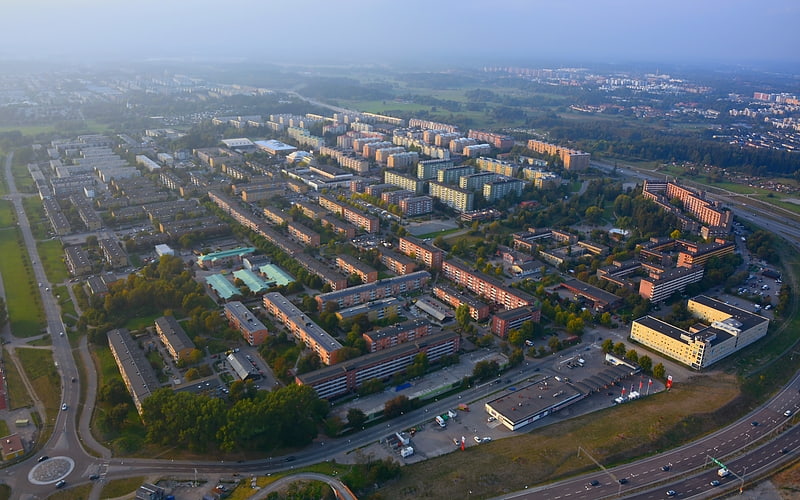
Rinkeby is a district in the Rinkeby-Kista borough, Stockholm, Sweden. Rinkeby had 19,349 inhabitants in 2016. The neighbourhood was part of the Million Programme.
The Stockholm metro station Rinkeby was also opened in 1975.
Rinkeby is noted for its high concentration of immigrants and people with immigrant ancestry. 89.1% of the suburb's population had a first- or second-generation immigrant background as of 2007.
A sociolect called Rinkeby Swedish has been named after Rinkeby. This is also said to be used all over the suburbs in Stockholm and across Sweden.
The district was a part of the Rinkeby borough until 1 January 2007, when it was merged with Kista borough to form the Rinkeby-Kista borough.
In the years preceding 2008, the state Social Insurance Agency, state Public Employment Service, banks and postal services vacated their offices in the area.
In 2010, the official figures stated 15,000 people lived in the area, but officials admitted 17,000 were more likely though uncertainties meant the figure could be higher still. Of those, 90% had a migration background and 37.6% were from Africa. With the area being home to a large number of immigrants, many from Somalia, the area is sometimes called 'Little Mogadishu'.
In its December 2014 report, Swedish Police placed it as most severe category of urban areas with high crime rates.[6]
Husby
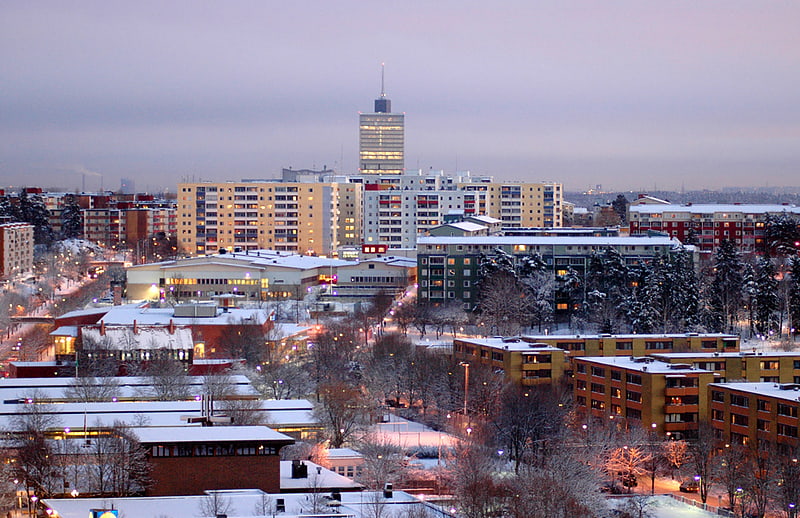
Husby is a district in Rinkeby-Kista borough, Stockholm, Sweden. Husby has 11,551 inhabitants as of December 31, 2007.
Husby is located on the blue Metro line. The main construction of modern Husby, with its multi-level concrete apartment buildings, started in 1972 as part of the Million Programme. The subway station was opened in 1977 and the train takes approx. 20 minutes to Stockholm City. The name of the suburb was taken from a former royal farm, still located in the area. The streets of Husby are named after cities in Norway. There are many runestones in the surroundings of Husby, remnants from when Vikings used to live here.
Husby has the lowest income per capita of any district of Stockholm. In 2014, more than 80% of the population had minority background, mostly from Middle East and Africa.
In its December 2015 report, Police in Sweden placed the district in the most severe category of urban areas with high crime rates.
On 30 December 2016, shopkeepers decided to close their businesses from 1300 onwards due to the high number of robberies and burglaries targeting them.
In 2017, local authorities decided to hire security guards to help the businesses, but no private security company wanted to take on the job.
According to Finnish public service broadcaster Yle, in 2018, economist Takaaki Mitsuhashi from Japan described his visit to Husby: "whatever it was, it wasn't Sweden. We don't want those developments in Japan".[7]
Akalla

Akalla is a district in Rinkeby-Kista borough, Stockholm, Sweden. Akalla has a population of roughly 9.100 as of 2018, in which immigrants, mostly from Asia and Africa, make up 60,4% of the population.
Akalla is located on the blue metro line. Modern Akalla, with its concrete apartment buildings, as well as smaller houses, was constructed in the mid-1970s as a part of the Million Programme. The suburb is built close to, and named after an old farm from the 17th century. The name of Akalla is known from 1323. Between 1905 and 1970, the area was used by the Swedish Army as training grounds. The street names in Akalla are Finland related. The main street is called Sibeliusgången, in honour of the Finnish composer Jean Sibelius, and it is reserved for pedestrians only.
Right outside Akalla is Barkarby Airport, until its closure in 2010 Sweden's oldest active airport.[8]
Roslags Näsby
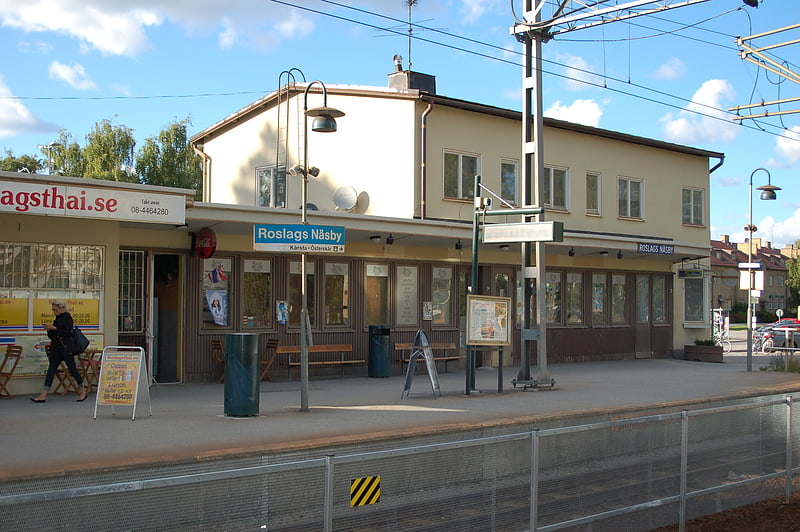
Roslags Näsby is a neighbourhood in the southern part of Täby Municipality, north of Stockholm. It is dominated by detached single-family houses. As of 2018, a plan to redevelop the area has been approved. The present railway station will be demolished and replaced by a new one a bit further north. Most of the present buildings on the western side of the station will also be replaced by 1,400 new dwellings in multistory apartment buildings.[9]
Näsbypark
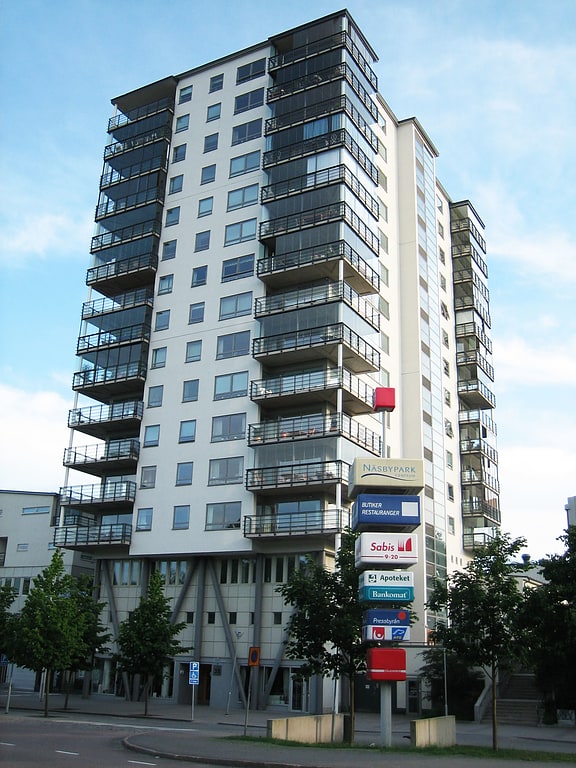
Näsbypark is a district in Täby Municipality, north of Stockholm, Sweden.[10]
Näsbyvikens Hamn

Sailing, Marina
Address: Djursholmsvägen 16, Täby